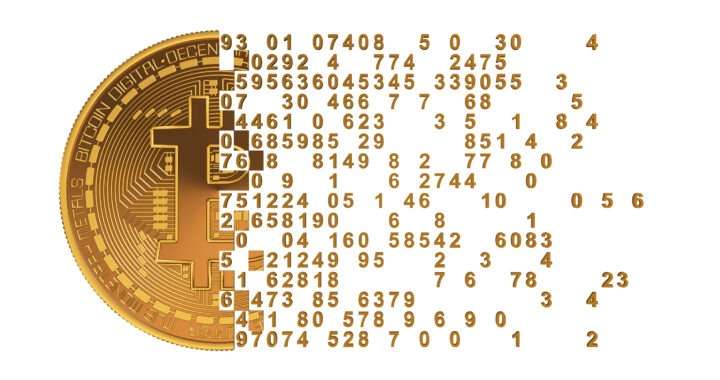Blockchain technology isn’t a fad. It’s the future. But what is Blockchain technology? And how can it be used to shape the future of the world economy?
Should you trust Blockchain? A tricky question indeed. Although it was first invented by Satoshi Nakamoto and intended to provide a decentralised currency, the technology has since evolved and is now being used for much more. If you’re new to Blockchain, keep scrolling.
What is a Blockchain and how does it work?
A Blockchain is a growing list of records called blocks linked and secured using cryptography. Typically, each block contains a hash pointer as a link to a previous block, a timestamp and transaction data. Blockchains are secure databases linked together in a chain of digital transactions that are resistant to modification and tampering.
Blockchain is the technology behind Bitcoin, but it does much more than store cryptocurrency. It can be used to track various forms of value, including money, votes, and shipping documents. The Blockchain is a distributed database that keeps a continuously growing list of ordered records called blocks.
We have already seen that Blockchain is a decentralized digital ledger technology that records transactions securely and transparently. In a Blockchain, every transaction is verified and added to the chain of previous transactions, creating an immutable and transparent history of all transactions.
Below is a simplified explanation of how a Blockchain works:
- A transaction is initiated: When a user initiates a transaction, it is broadcast to the network of computers connected to the Blockchain.
- Verification: The nodes verify the transaction using a consensus mechanism, which can be Proof of Work or Proof of Stake.
- Adding to the block: Once the transaction is verified, it is added to a block along with other verified transactions.
- Hashing: The block is hashed using a cryptographic algorithm to create a unique digital fingerprint that identifies the block.
- Chain of blocks: The hashed block is added to the previous block, creating a chain of blocks stored on every network node.
- Immutable record: As each block is added to the chain, it creates a rigid record of all the transactions on the Blockchain.
- Distributed ledger: Since the Blockchain is distributed across the network of nodes, it is transparent, secure, and resistant to tampering.
- Incentives: Depending on the consensus mechanism used, users or nodes on the network may be incentivised to participate in verifying transactions and adding them to the Blockchain.
As shown above, Blockchain technology enables the secure and transparent recording and verification of transactions without the need for a centralised authority. This has led to its use in various industries, including finance, healthcare, and supply chain management and by extension, institutional investors.
What are the Pros and Cons of Blockchain?
Blockchain technology is a groundbreaking development in the world of finance and business. It has several advantages and disadvantages, each worth considering:
Advantages:
- Security: Blockchain technology uses cryptographic algorithms and decentralized distribution to ensure the security and integrity of transactions, making it highly resistant to hacking, fraud, and tampering.
- Transparency: Since Blockchain technology is distributed, every node in the network has access to the same information, making it highly transparent and trustworthy.
- Efficiency: Blockchain technology eliminates the need for intermediaries, thereby reducing transaction costs and accelerating the settlement process.
- Immutable record: Every transaction added to the Blockchain is permanent and cannot be altered, creating an immutable record that can be used for auditing, compliance, and other purposes.
- Decentralisation: Blockchain technology eliminates the need for a central authority, resulting in a highly democratic and autonomous system.
Disadvantages:
- Complexity: Blockchain technology demands substantial technical expertise to develop, operate, and maintain.
- Scalability: Blockchain technology can be slow and resource-intensive, making it difficult to scale for high-volume transactions.
- Energy consumption: Proof-of-Work consensus algorithms, used by some Blockchains, require significant amounts of energy to operate, making them environmentally unsustainable.
- Limited regulation: Blockchain technology’s decentralized and anonymous nature makes regulating and enforcing legal compliance challenging.
As the world becomes increasingly digitised, Blockchain technology is considered the next big thing to revolutionise how we do things. This article provides an overview of what it’s all about and how it’s already transforming the way businesses operate.
Image Source: Adobe Stock
Disclaimer: This article is provided for informational purposes only. It is not offered or intended to be used as legal, tax, investment, financial, or other advice.












